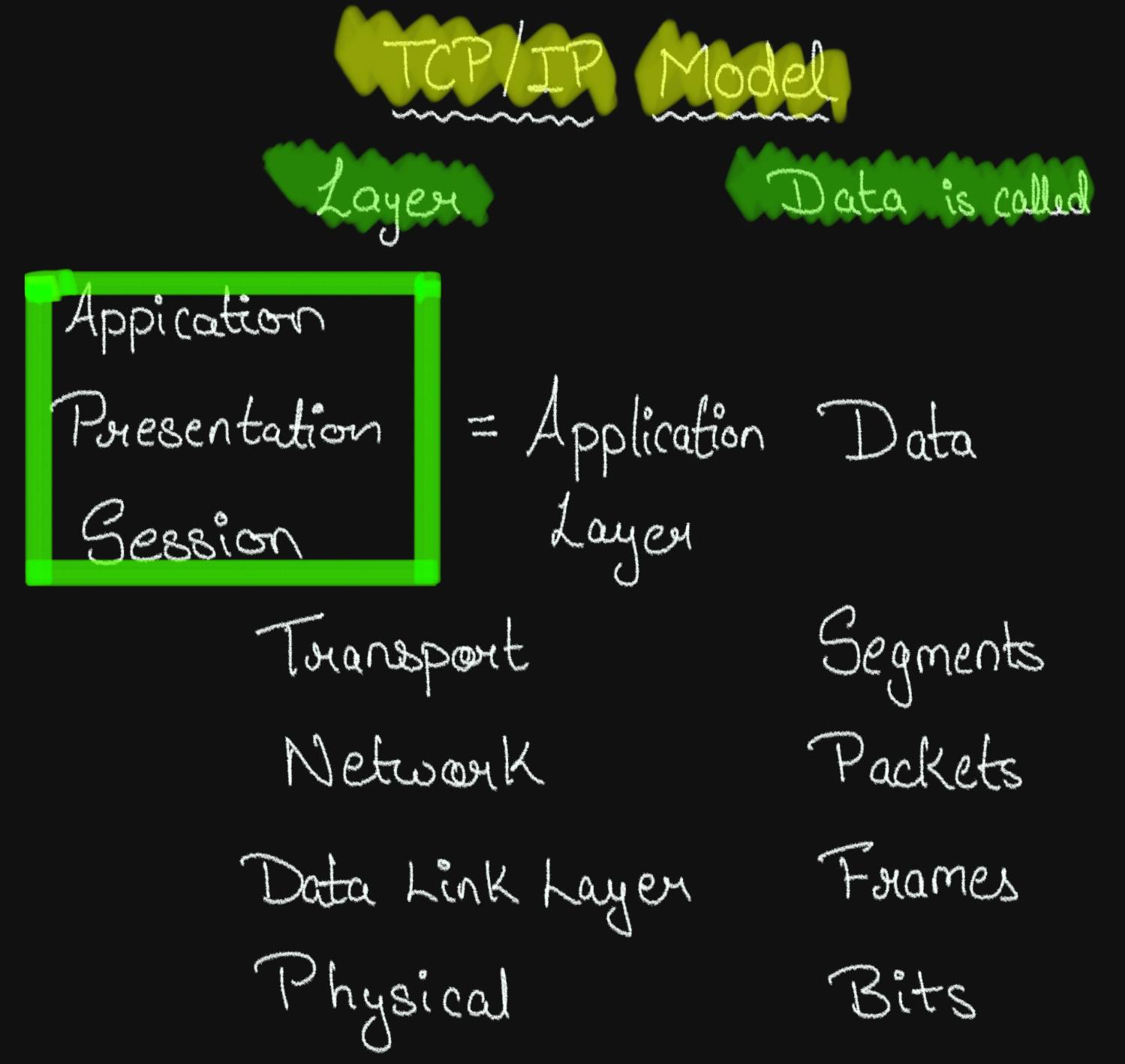Models Of Networking. Computer Networking Ep. 3
Let's answer the question from the previous blog. How do our devices know how to classify the data accordingly to deliver it to specific applications?
PORT NUMBERS
Our applications work on various ports. These port numbers vary from 0 to 65535. They are 16-bit numbers. Port numbers can be represented by IP Address : Port no E.g. 192.162.3.68:443. They are bound to Sockets.
Some Ports are popular like:
Port 80: All HTTP requests.
Port 443: All HTTPs requests.
Port 27017: MongoDB.
Ports 20 and 21: File Transfer Protocol (FTP).
Port 53: Domain Name System (DNS).
Port 25: Simple Mail Transfer Protocol (SMTP).

The OPEN SYSTEMS INTERACTION (OSI) Model
It was the first standard model that describe layers that are used to communicate between computers.
It describes Seven Layers in which every Layer considers that there is a Layer below it that will do the rest of the work & it has to just do its designated work and pass down the data, externally these layers think they are directly connected to the same layer of different computers.
The Seven Layers are Application, Presentation, Session, Transport, Network, Data Link and Physical Layer.

The OSI model is a stack of seven layers. Layers one through four are known as the host layers. They define software that implements network services. Layers five through seven are known as the media layers. They define hardware orientation such as routing, switching and cable specifications. Sometimes this order could also be referred to in reverse where the physical layer is first and the application being seventh.
The TCP / IP Model
Although OSI Model was used for theory purposes, TCP/IP model is used dominantly in practical use.
It has the same functions for the layers but clubs three layers i.e. Application, Presentation and Session layer into One as Application Layer.
The Five Layers are Application, Transport, Network, Data Link, and Physical Layer.

In the next blog we will look into these layers in detail, one by one.
Follow the video lectures on YouTube CLICK HERE!!!
Do Like & Follow the Blog for upcoming blogs, also do visit my Youtube channel for video explanations, Kshitij Khanka . For any doubts or queries the comment section is always open until then, see you folks on the next blog.